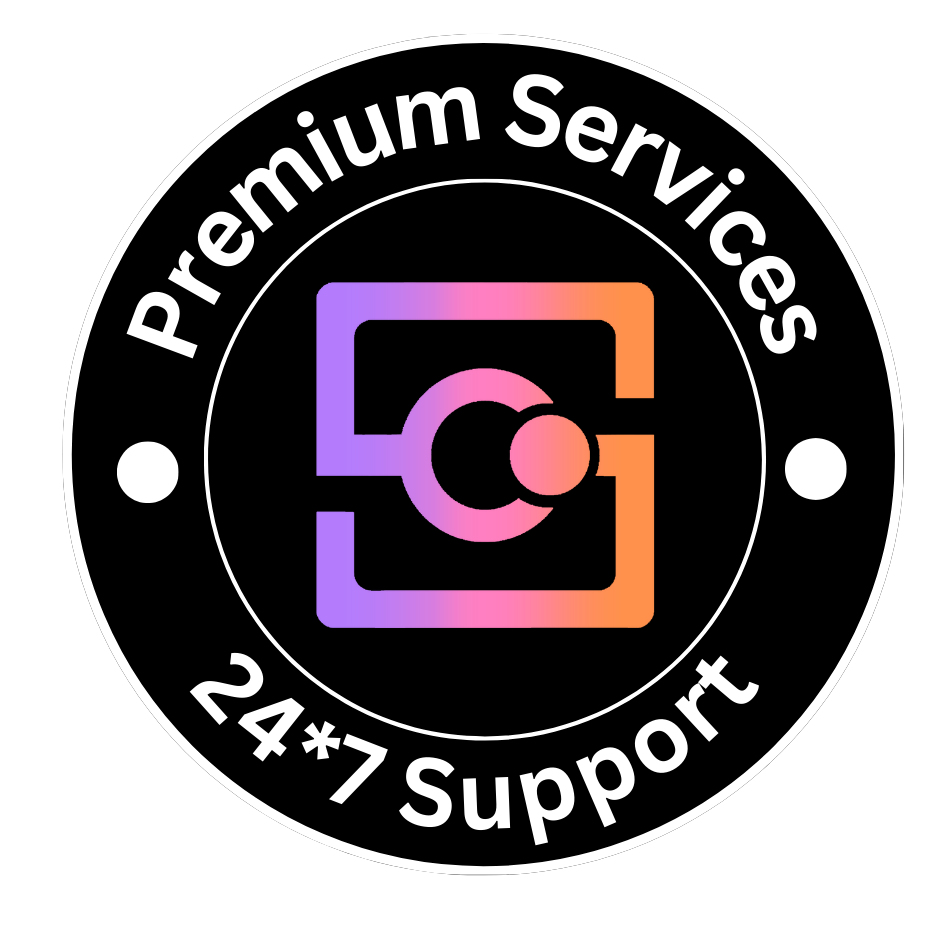Introduction to YouTube SEO
YouTube SEO is the process of optimizing your video content so that it appears higher in YouTube’s search results. The goal is to increase visibility, attract more viewers, and enhance engagement.
Why is YouTube SEO Important?
• Increased Visibility: Higher rankings mean more people will discover your videos.
• Better Engagement: More views can lead to more likes, comments, and subscribers.
• Wider Reach: Optimized videos can reach a larger audience.
A Step-by-Step Guide to Improve Your Youtube SEO
1. Conduct Keyword Research
Keyword research is the first step in optimizing your YouTube videos. Keywords are the terms that people type into the search bar to find videos. Here’s how to find the right keywords:
• YouTube Search Bar: Start typing a keyword related to your video. YouTube will suggest popular searches.
• Google Trends: Check the popularity of keywords over time.
• Keyword Tool: Use tools like Keyword Tool to find popular keywords specifically for YouTube.
Example:
If your video is about making pizza, potential keywords could be “how to make pizza,” “easy pizza recipe,” “homemade pizza,” or “pizza cooking tips.”
2. Create High-Quality Content
Quality content is key to retaining viewers and encouraging them to interact with your channel. Your videos should be:
• Informative: Provide valuable and relevant information.
• Engaging: Keep the audience interested with a good narrative, interesting visuals, and clear explanations.
• Well-Produced: Ensure good lighting, clear audio, and stable footage.
3. Optimize Video Titles
Your video title is crucial because it’s the first thing viewers see. Make it:
• Keyword-Rich: Include your main keyword in the title.
• Compelling: Make it interesting to encourage clicks.
• Concise: Aim for around 60 characters.
Example:
Instead of “Pizza Making Tips,” use “How to Make Perfect Pizza at Home: Easy Recipe.”
4. Write Detailed Descriptions
A good video description helps YouTube understand your content and can improve your search rankings. Include:
• Primary Keywords: Use your main keyword at the beginning.
• Secondary Keywords: Sprinkle related keywords throughout.
• Links and Timestamps: Add links to related content and use timestamps for longer videos.
Example:
“Learn how to make perfect pizza at home with this easy recipe. We’ll show you step-by-step instructions to create delicious homemade pizza. Perfect for beginners and experienced cooks alike. Follow our tips to make the best pizza ever! [0:00] Introduction [1:30] Ingredients [3:00] Making the Dough [5:00] Cooking Tips.”
5. Use Tags Wisely
Tags help YouTube understand what your video is about. Use:
• Primary Keywords: Your main keyword should be the first tag.
• Related Keywords: Include variations and related terms.
• General and Specific Tags: Use a mix of broad and niche tags.
Example:
Primary Tag: “how to make pizza” Related Tags: “pizza recipe,” “homemade pizza,” “easy pizza,” “pizza cooking tips,” “Italian recipes” Tag Generator Wesites: RapidTag, TubeRanker
6. Create Eye-Catching Thumbnails
Thumbnails are the first visual impression of your video manner of speaking. A good thumbnail can significantly increase your click-through rate. Make sure your thumbnails are:
• Eye-Catching: Use bright colors and clear images. Learn
• Relevant: Ensure the thumbnail accurately represents your content.
• Consistent: Use a similar style across your videos to build brand recognition.
7. Encourage Viewer Engagement
YouTube values videos that keep viewers engaged. Encourage engagement by:
• Asking Questions: Prompt viewers to leave comments by asking questions.
• Call to Action: Ask viewers to like, share, and subscribe at the end of your video.
• Engaging with Comments: Respond to comments to build a community around your channel.
8. Add Subtitles and Closed Captions
Subtitles and captions make your videos accessible to a broader audience, including those who are deaf or hard of hearing, and viewers who speak different languages. They also help YouTube understand your video content better. Use:
• Automatic Captions: YouTube can generate these, though they may need editing.
• Manual Uploads: Upload your own caption files for better accuracy.
9. Organize Your Videos into Playlists
Creating playlists can help increase watch time by encouraging viewers to watch multiple videos in a row. Playlists can also appear in search results. To make effective playlists:
• Group Related Videos: Create playlists around specific topics or series.
• Use Keywords in Titles: Make sure your playlist titles are keyword-rich.
• Add Descriptions: Provide a brief description of what the playlist covers.
10. Promote Your Videos
To get more views, promote your videos across various platforms:
• Social Media: Share your videos on platforms like Facebook, Twitter, Instagram, and LinkedIn.
• Blog Posts: Embed your videos in relevant blog posts.
• Email Newsletters: Include links to your videos in your email communications.
• Collaborations: Work with other YouTubers to reach a wider audience.
11. Monitor Your Performance
Regularly check YouTube Analytics to understand how your videos are performing. Focus on these metrics:
• View Count: The number of times your video has been watched.
• Watch Time: Total minutes people have spent watching your video.
• Audience Retention: How long viewers stay engaged with your video.
• Engagement: Number of likes, comments, shares, and new subscribers.
Use these insights to adjust your strategy and improve future videos.
12. Optimize Your Channel Page
Your channel page is the hub for all your content. Make it inviting and informative:
• Channel Art: Use high-quality, eye-catching images.
• Channel Description: Write a compelling description that includes keywords.
• Channel Trailer: Create a short, engaging video that introduces new viewers to your channel.
• Playlists and Sections: Organize your content into sections and playlists for easy navigation.
13. Utilize End Screens and Cards
End screens and cards are tools within YouTube that can help you promote other videos, playlists, or external websites. They appear during and at the end of your videos. Use them to:
• Promote Other Videos: Suggest related videos or playlists to keep viewers engaged.
• Encourage Subscriptions: Add a subscribe button to your end screen.
• Drive Traffic: Link to your website or other social media platforms.
14. Focus on Mobile Optimization
A portion of YouTube traffic comes from mobile. Ensure your videos are mobile-friendly by:
• Using Legible Text: Ensure any text on-screen is large enough to read on a small screen.
• Clear Audio: Make sure your audio is clear since many mobile viewers use earphones.
• Optimizing Thumbnails: Create thumbnails that are still clear and attractive on smaller screens.
15. Build a Community
Engaging with your audience and building a community can boost your channel’s success. Here’s how:
• Host Live Streams: Interact with your audience in real-time.
• Create a Schedule: Post videos regularly to keep your audience engaged.
• Community Tab: Use the Community tab to post updates, polls, and interact with your subscribers.
16. Collaborate with Other Creators
Working with other YouTubers can help you reach a new audience. Here’s how to collaborate effectively:
• Find Similar Channels: Look for creators with a similar audience.
• Plan Collaborations: Create content that benefits both audiences.
• Promote Each Other: Share each other’s videos and channels.
17. Stay Updated with YouTube Trends
YouTube frequently updates its algorithm and features. Stay informed about these changes:
• Follow YouTube Creators Blog: Get updates directly from YouTube.
• Join Creator Communities: Participate in forums and groups for YouTubers.
• Watch Industry News: Keep an eye on trends in digital marketing and video content.
Conclusion:
Optimizing your YouTube videos for SEO is a comprehensive process that involves several steps. From conducting keyword research to engaging with your audience, each step plays a crucial role in improving your video’s visibility and performance. By consistently applying these strategies, you can increase your videos’ reach, engage more viewers, and grow your YouTube channel.





